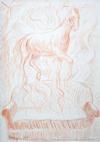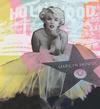|
How To Buy
From Gallery Art
How To Sell
On Gallery Art It is free to list with Gallery Art. You only pay a 20% commission on items that are sold.
Looking For A Particular Piece?
If you can't find what you're looking for on our site, you can post a request on our ART WANTED page. In order to make requests, you must be a registered member of Gallery Art. Click HERE to register. For more information, please click HERE.
|
| HOME | SELL YOUR ART | VIEW CART | REQUESTS | QUOTES | MAILING LIST | BUYER INFO | SELLER INFO | SEARCH | CONTACT US | PRIVACY | SHIPPING POLICY |
| copyright 2024 www.gallart.com |








